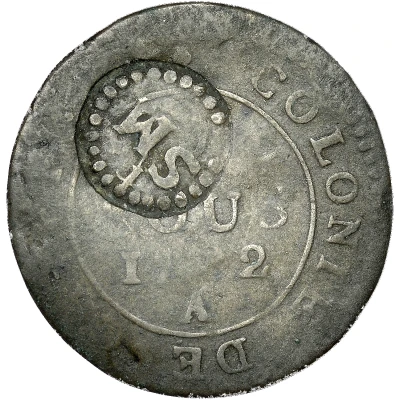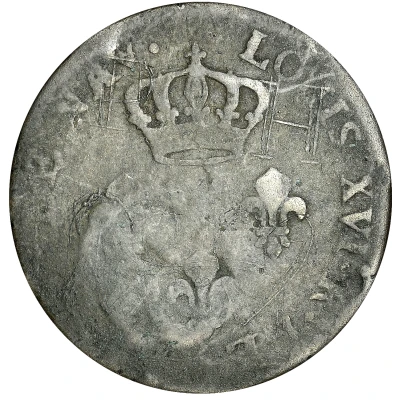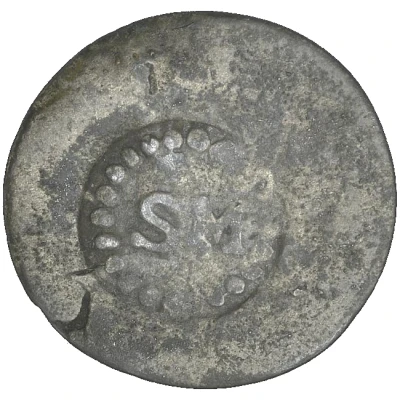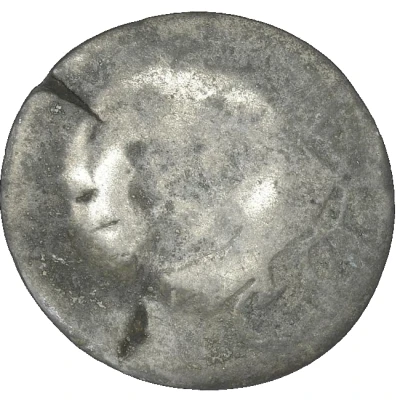


© Dix Noonan Webb
Stuiver "Cayenne-Stuiver" Countermark C16 ND
1798 year| Billon | 1.8 g | 23 mm |
| Issuer | Sint Maarten (Netherlands Antilles) |
|---|---|
| Type | Standard circulation coin |
| Year | 1798 |
| Value | 1 Stuiver |
| Currency | Stuiver |
| Composition | Billon |
| Weight | 1.8 g |
| Diameter | 23 mm |
| Thickness | 1 mm |
| Shape | Round |
| Technique | Milled, Countermarked |
| Demonetized | Yes |
| Updated | 2024-10-06 |
| Numista | N#119187 |
|---|---|
| Rarity index | 97% |
Reverse
Cayenne Colony 2 Sous piece, which displays stacked legend surrounded by legend.
Edge
Plain
Comment
Countermark in beaded circle on French Guiana 2 Sous, KM#1.Krause erroneously mentions this coin as a 2 stuiver piece.
Many false Stuivers were imported to Sint Maarten, so it was decided that the real coins were to be marked. The first attempt to this was made on 29-12-1797 with a bundle of 7 arrows. The Stuivers without the mark were considered obsolete. Since the mark was easily counterfeit it was already replaced 3 days later by the square and round STM marks.
Stuivers with an SM mark are described by Scholten (Scho/II 1421), but it is suggested that these coins are worn STM marked coin and are therefor actually the same as Scho/II 1419. The records do not show a order of marking with an SM mark either.
Interesting fact
The Cayenne-Stuiver coin from Sint Maarten (Netherlands Antilles) is interesting because it has a unique countermark, known as C16, which was applied to the coin to indicate its use in the French colony of Cayenne, which is now part of French Guiana. This countermark was used during the time when the Dutch and French colonies were under a shared government, and it signifies the coin's use in both the Dutch and French territories.

